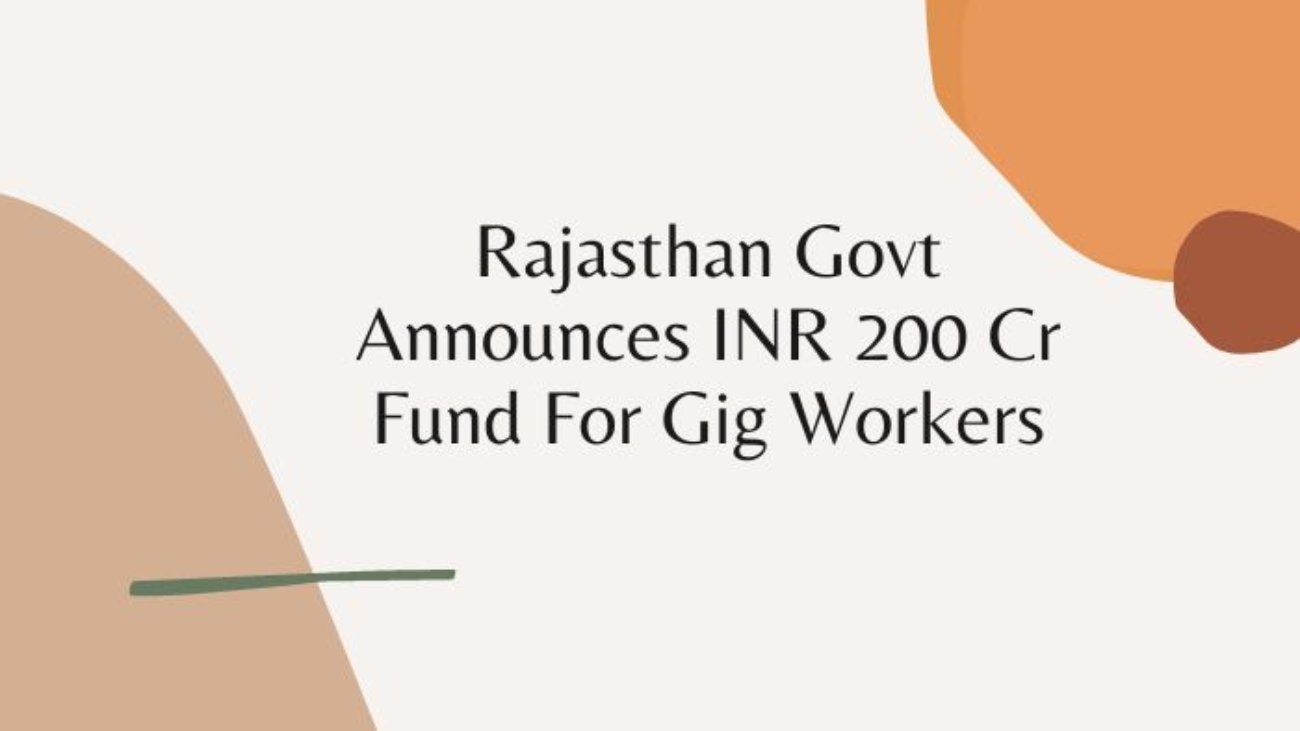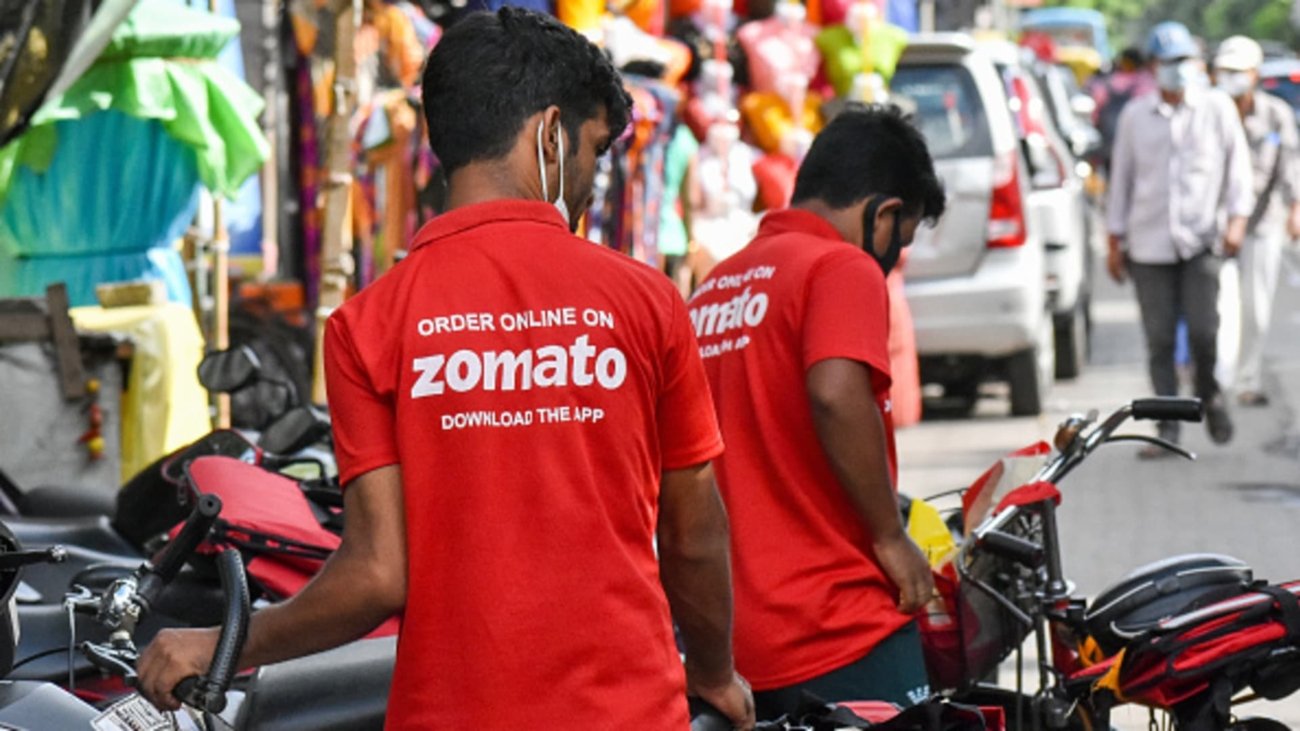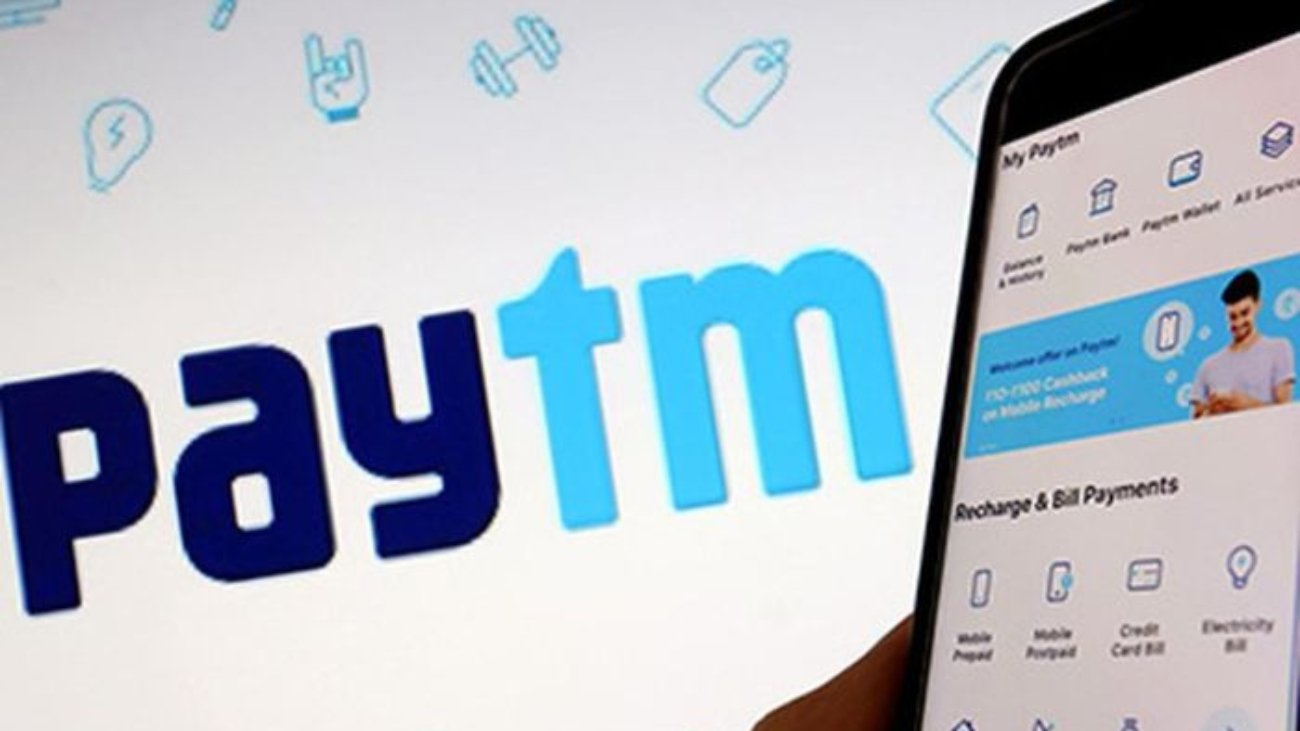Rajasthan’s government has recently announced a 200 Cr fund to support gig workers in the state. This fund will help gig workers in Rajasthan to access financial resources and secure their livelihoods during this difficult time. Businesses need to understand the details of this fund and how it can benefit them. This article will discuss the details of the fund, its eligibility criteria, and how businesses can make use of it.
Overview of Rajasthan’s government 200 Cr Fund for Gig Workers
Rajasthan’s government has recently announced a 200 Cr Fund for gig workers. This fund is aimed at providing financial assistance to the state’s gig workers, who are mostly employed in the hospitality and tourism industries. The fund provided by Rajasthan’s government will be used to support for medical expenses, unemployment benefits, and other social welfare programs. It also includes a special program for women entrepreneurs. This fund is an important step towards protecting the rights of gig workers in Rajasthan and helping them find stability in their work lives.
How Will the Fund Impact Gig Workers in India
With the introduction of the India Gig Workers’ Fund, gig workers in India have been given access to a wide range of benefits and financial security. This fund is designed to provide financial assistance to gig workers who are facing hardships due to the pandemic. It will also provide long-term benefits such as health insurance, pension, and other social security benefits. The fund provided by Rajasthan’s government will help gig workers in India to stay afloat during this difficult period and improve their overall quality of life.
Who is Eligible to Receive Benefits from the Fund
The Fund was established to provide financial support to those who have been affected by the current pandemic. To be eligible for benefits from the Fund, individuals must demonstrate that they have been affected by the pandemic and are in need of financial assistance. This includes both those who are currently unemployed or underemployed due to the economic impact of the pandemic and those who have experienced a substantial reduction in income. In addition, those who are self-employed may also be eligible for benefits from the Fund.
What Are the Benefits Provided by the Fund
The Fund provides a variety of benefits to those who are eligible for it. It can help cover medical expenses, provide financial assistance, and even offer educational opportunities. The Fund also offers flexible payment options, making it easier for members to manage their finances. Additionally, the Fund gives members access to a wide range of services and resources that can help them make informed decisions about their health and financial security. With the right support, members can enjoy greater peace of mind knowing they have access to the resources they need when they need them most.
How Can Businesses Make Use of the Fund
Businesses have the opportunity to make use of the fund in order to further their growth and development. With the right approach, businesses can take advantage of the fund to invest in their operations, expand their reach, and acquire new customers. This fund provides businesses with a great opportunity to increase their profits and gain a competitive edge over other companies. By leveraging this fund, businesses can ensure that they are able to stay ahead of their competition and continue to grow.
Key Points
- The CM also suggested creating a welfare board for gig workers in the Budget Speech.
- In accordance with the programme, gig workers would receive financial support of up to INR 200 per day for up to 7 days in the event of hospitalisation.
- The most recent Fairwork India Ratings 2022 report indicated that the gig workers’ index’s weakest performers were Ola, Uber, and Dunzo.
- As part of this year’s Budget statements, the Rajasthan government promised a plethora of benefits for gig workers. The state government has been given the authority to establish a 200 crore rupee welfare fund and pass the Gig Workers Welfare Act.
- Gehlot claimed that there were now 3–4 lakh gig workers engaged throughout the state, noting that this figure was rising due to companies like Ola, Uber, Swiggy, Zomato, and Amazon.
- The CM noted that there was no social security plan in place for these workers while noting that the state’s gig economy was expanding.
- The new programme, known as the Mukhyamantri Chiranjeevi Shramik Sambal Yojana, will provide gig workers with cash help of INR 200 each day in the event of hospitalisation, up to a maximum of 7 days.
- With this, Rajasthan has become the first state in the nation to offer financial aid to gig workers within the purview of a specific law.
- The Print states that the state’s information technology division has been working on a “app” to track the travels of gig workers for the past 12 months.
- This would eventually act as a benchmark for a tax imposed on companies that hire gig workers. In essence, these businesses would be required to pay an extra fee on each trip or delivery to cover the cost of providing provident funds, pensions, and health and accident insurance for gig workers.
- The working conditions of gig workers have generally not been effectively managed by new-age Internet businesses operating in India. According to a survey published by Fairwork India last year, Ola, Uber, and Dunzo were among the gig economy’s poorest performers.
- Zepto and Porter received two points each, while Amazon Flex, Dunzo, Ola, PharmEasy, and Uber received none.
- Even the government think tank NITI Aayog earlier this year urged companies nationwide to make sure that all gig workers on their platforms receive social security benefits, like as paid sick leave, insurance, and healthcare.
- The announcements also come at a time when strikes and a staff shortage are plaguing the majority of these new technology enterprises. A Swiggy driver in Hyderabad earlier this month jumped off the third story to escape the dog of a client he had gone to bring meals to. 3 days later, he passed away.
- Delivery employees from all the main internet businesses, including Ola, Uber, Zomato, and Swiggy, have recently gone on strike in protest over drastic commission cutbacks and longer workdays from Kochi to Ranchi and from Delhi to Bengaluru.
- Critics have also previously criticised other problems affecting gig workers, such as a lack of job security, and have expressed concern about Zomato’s 10-minute delivery strategy, which may endanger many delivery executives’ lives and the safety of other drivers.
- The enormous unskilled workforce in India is becoming more and more dependent on the gig economy as a source of employment.
- It has also become a viable alternative to traditional employment for those wishing to supplement their income. As a result, the gig economy has experienced a significant expansion and has gained universal acceptance.










